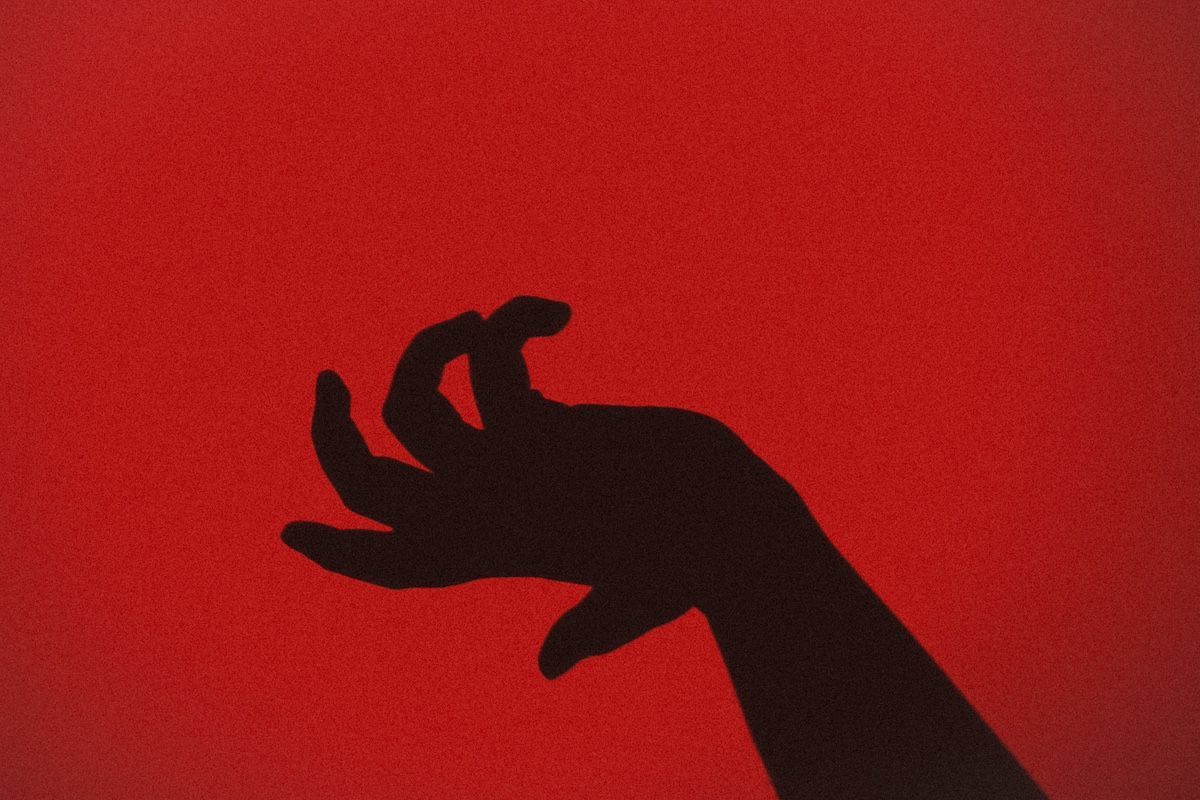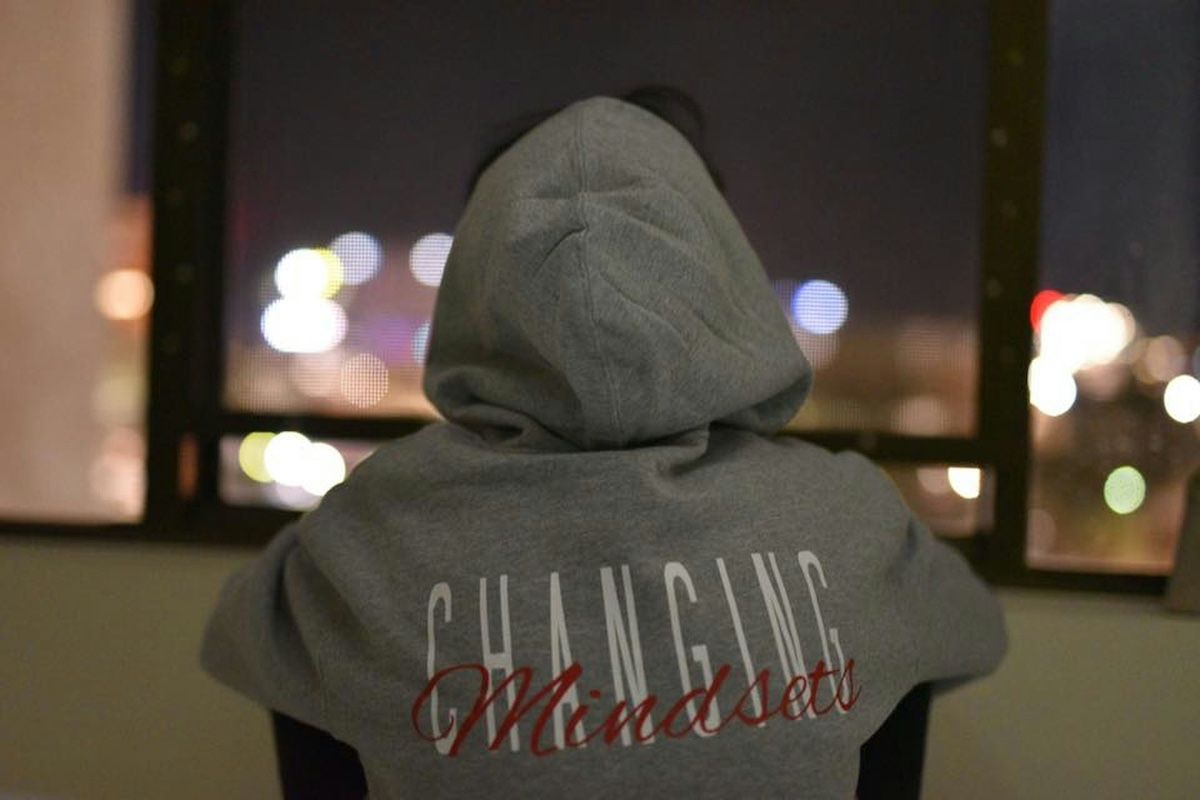Mailing address
Association for Comprehensive Energy Psychology (ACEP)
28 Garrett Ave. Suite 100
Bryn Mawr, PA. 19010 USA
Home Office Phone, Skype & Fax
ACEP Main Phone: 619-861-2237
ACEP EFT Questions: 484-380-2448
Skype: leslie.acep
Fax: 484-418-1019
ACEP Staff
Robert Schwarz, PsyD, DCEP, Executive Director
Email: acep_ed@energypsych.org
Leslie Primavera, Office Manager/Certification Coordinator
Phone: 619-861-2237
Email: admin@energypsych.org
Cynthia Joba, Director, Outreach & Communications
Email: cjoba@energypsych.org
Susan Carney, Admin Assistant/CE Coordinator
Phone: 484-380-2448
Email: Scarney@energypsych.org
Using energy psychology to treat phantom pain: a case report
Energy psychology (EP) has been shown to be useful for a wide range of disorders, from depression and PTSD to chronic pain syndromes like fibromyalgia. Phantom limb pain, which is pain that can develop after amputation, is notoriously difficult to treat. Conventional thinking attributes this kind of pain to cortical mis-wiring. However, there may be another explanation. As this case report will illustrate, energy psychology can treat phantom pain. This suggests that phantom pain may in fact originate as a disruption of the biofield.

Case description
Jane, a 60-year-old woman, came to our interdisciplinary pain clinic because of disabling phantom pain following surgical amputation of a finger a year earlier. She had cut her finger at work with an X-Acto knife, but it became infected, spreading to the bone. This osteomyelitis did not respond to antibiotic treatment and ultimately required surgical amputation of the finger. She had not been making functional gains with occupational therapy, physical therapy, and relaxation training in our program. Moreover, the pain prevented her from working with her newly fitted prosthetic finger. Therefore, we offered her a course of energy psychology.
Using energy psychology to treat phantom pain
In our first session, Jane said that the most stressful aspect of her condition was not the pain itself (whose intensity she rated at 8/10). Instead, she said the ongoing frustration she experienced in dealing with her Workers Compensation insurance carrier was the most upsetting. Trying to get coverage for her outpatient treatments led to intense emotions of anger, betrayal, and helplessness. This only added to the shame she felt about her missing finger. These emotions became the focus for our work with energy psychology.
I used the simplified technique called WHEE with Jane. WHEE is a Wholistic Hybrid of EMDR and EFT that involves a self-hug and alternating rhythmic tapping of the upper arms while repeating standard energy psychology affirmations of self-acceptance. It was developed by Dan Benor. At the end of the first session, Jane felt significantly calmer emotionally, although the pain was still a problem.
Progress
Jane practiced the technique at home, and when she returned the following week, she was sporting a mischievous grin. Jane proceeded to “give me the finger” (Figure 1). She did this only as a way of demonstrating that her phantom pain had dissipated, and she was now able to wear her prosthetic middle finger. She made rapid progress in the remainder of her pain rehab program and was soon able to return to work.

Figure 1 – Why is this woman giving me the finger?
Discussion
Jane’s dramatic response to energy psychology is not uncommon in the world of pain management, and points to the value of addressing the emotional roots of pain. Surgeons do not typically help their patients deal with their emotional reactions to amputation. Indeed, many of these patients experience a sense of loss (of a part of themselves, and of their former sense of self), shame at their altered appearance, anger at their new situation, and the like. Therefore, psychotherapists have come to play a key role in comprehensive approaches to pain management. Typically, they use approaches ranging from supportive counseling and cognitive behavioral therapy to energy psychology.
The use of energy psychology for chronic pain is growing, thanks to increased awareness of the stress/pain link, and, more importantly, the energy/pain link. That is, the emotional traumas that often lie at the base of many chronic pain conditions may actually be encoded first as an energy block. The neurologic and physiologic changes come second. Energy is how the body keeps score, to use van der Kolk’s powerful phrase. Thus, energy is the mediator between mind and body. Any pain-oriented therapy should consider energy as the key element.
Why was energy psychology successful in treating phantom pain?
In cases of phantom limb pain when entire limbs are missing, some practitioners directly sense and manually palpate the phantom limb. We can think of these phantoms as the outer boundary of the biofield that is still present where the phantom limb used to be (Eden 1998; Leskowitz 2014).
This is a human analog of the phantom leaf effect. A Kirlian photographic image of a leaf showed an intact corona around its border even after the leaf’s tip has been cut away (Hubacher 2015). This finding suggests that the biofield is not generated by the physical properties of the leaf itself, but the reverse. The physical structure of the leaf may develop in alignment with the invisible biofield.
We have not yet developed a reliable method for imaging human phantom limbs despite ongoing efforts. Clearly, such an image would be crucial evidence that the biofield is the energetic template upon which biologic growth is patterned (Leskowitz 2024).
In summary, an energy-based therapy was able to rapidly discharge this patient’s blocked emotions, leading to an increase in psychological comfort and relief of her phantom pain. This type of response to energy psychology often occurs more rapidly than we would predict based on mechanisms such as cortical reorganization and neural plasticity. Accordingly, it gives further credence to an energy-based model of chronic pain.
Why this story matters
This case report of using energy psychology to treat phantom pain highlights yet another clinical application for energy psychology and gives further support to the biofield nature of phantom pain in particular, and chronic pain in general.
Author
Eric Leskowitz, MD, recently retired after working for over 25 years with the pain management program at Spaulding Rehabilitation Hospital in Boston. A long-time member of ACEP, he has recently completed a book called The Many Faces of Life Energy: From Biofield Healing to Global Consciousness (Inner Traditions Press, 2024).
Photo by Ari Spada on Unsplash
References
Benor, Daniel. Seven Minutes to Natural Pain Release. Wholistic Healing Publications, Bellmawr NJ, 2008.
Eden, Donna and Feinstein, David. Energy Medicine: Balancing Your Body’s Energies for Optimal Health, Joy and Vitality, p.36-40, Penguin Books, NY NY, 1998.
Hubacher, John. The phantom leaf effect: A replication (Part 1), Journal of Alternative and Complementary Medicine, 21(2): 83-90, 2015.
Leskowitz, Eric. Phantom limb pain: An energy/trauma model, Explore: Journal of Science and Healing, 10(6):389-97, 2014.
Leskowitz, Eric. Chapter 6, The strange case of phantom limb pain, in The Mystery of Life Energy: Biofield Healing, Phantom Limbs, Group Energetics and Gaia Consciousness, Bear & Company, Rochester VT, 2024. More info is at www.TheMysteryOfLifeEnergy.com

Get updates about energy psychology, energy practices and more.
Donate
Your financial support will help ACEP expand the use of energy psychology.
The result? More healing.
Association for Comprehensive Energy Psychology. All rights reserved.
Created by Olive + Ash.
Managed by Olive Street Design.


